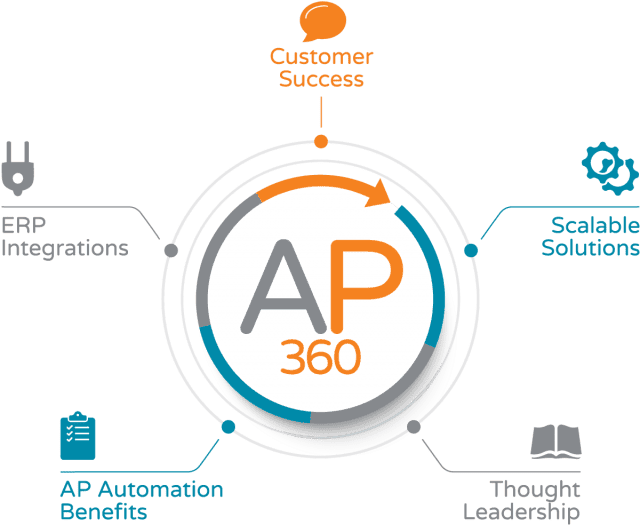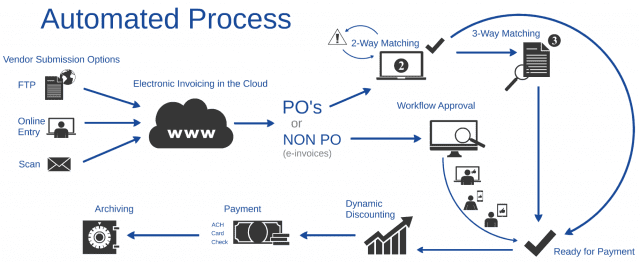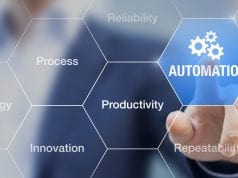
Time-consuming payable accounts processes, once tackled manually are now handled by AP automation solutions. Once considered a luxury for large organizations with a budget to explore tech opportunities, automation has become a necessity to remain competitive, productive, and profitable, that is affordable to businesses of all sizes. Discover the history of AP automation, why it has become an integral part of the financial department today, and what accounting professionals can expect in the future.
A Brief History of AP Automation
Thousands of years ago, the concept of accounting originated in Egypt and Mesopotamia. By the 1400s, the father of accounting, Luca Bartolomes Pacioli, invented a record-keeping system using a ledger, journal, and memorandum. In the 1800s, professional organizations for accountants were established as the industry started to grow quickly.
Advances over the following century included punch cards, computerized accounting, the development of spreadsheet software, and Quickbooks. At the turn of the 21st century, AP automation was introduced through the use of technologies such as intelligent data capture (IDC), optical character recognition (OCR), and advanced data capture. The wave of the future is cloud automation and artificial intelligence (AI).

Embracing the Change
Fear of new processes holds companies back from adopting progressive technologies to perform tasks faster and with greater accuracy. AP automation solutions can be considered risky for a C-suite and AP team accustomed to doing things the same way. Embracing the change is crucial as leading companies around the globe adopt this technology.
Companies that fail to implement AP automation solutions will fall behind. Automation helps streamline operations, improve accuracy, and maximize human resources. Instead of focusing on mundane tasks, the AP department is becoming strategic partners with the C-suite to search for money-saving opportunities to help boost the bottom line, such as discount from vendors for early payment.
Look to Cloud Automation
Businesses are already moving past conventional AP automation software to adopt cloud automation. Working in the cloud means having 24/7 access to pertinent financial data. The C-suite and AP staff can access updates in real-time from any device and location. Cloud automation encourages collaboration and supports remote workers.
Plus, using cloud automation means having access to essential data regardless of the circumstances at a corporate location. For example, if the office is closed due to a natural disaster or storm, the AP data is still accessible. As a result, companies can avoid late payments and potential fines and fees. This level of convenience has enabled more than half the companies in the United States to use cloud automation for accounting.

Don’t Get Left Behind
As an increasing number of organizations adopt AP automation solutions, failing to do so means getting left behind. AP automation is quickly becoming the standard. Efficient automated finance operations are crucial to support business growth in a competitive worldwide marketplace.
Automating transactions such as invoicing and invoice approval saves time and reduces the likelihood of errors and late payments. Through the savvy use of automation, AP teams are finding ways to save money and increase working capital.
The popularity of AP automation proves the need to adopt advanced technology to support continued growth. The future of AP automation is bright as companies recognize its firsthand value and take advantage of the opportunity to use these tools to boost the bottom line. Click here to learn more about AP automation solutions.






